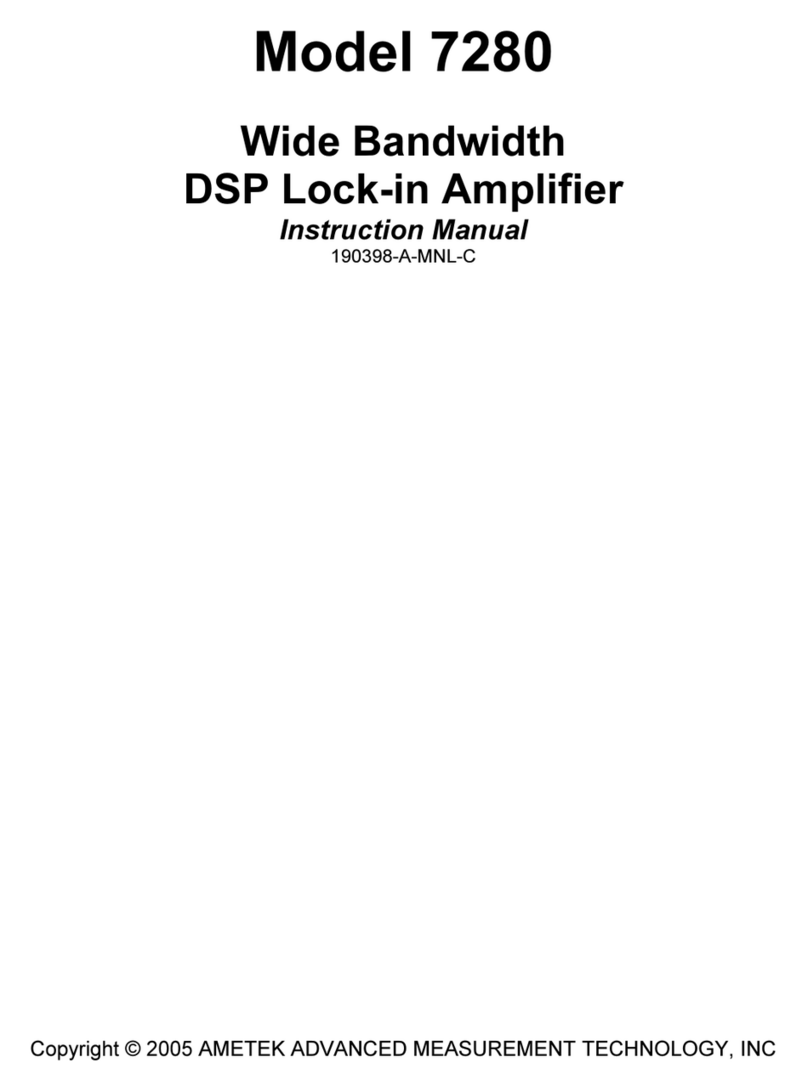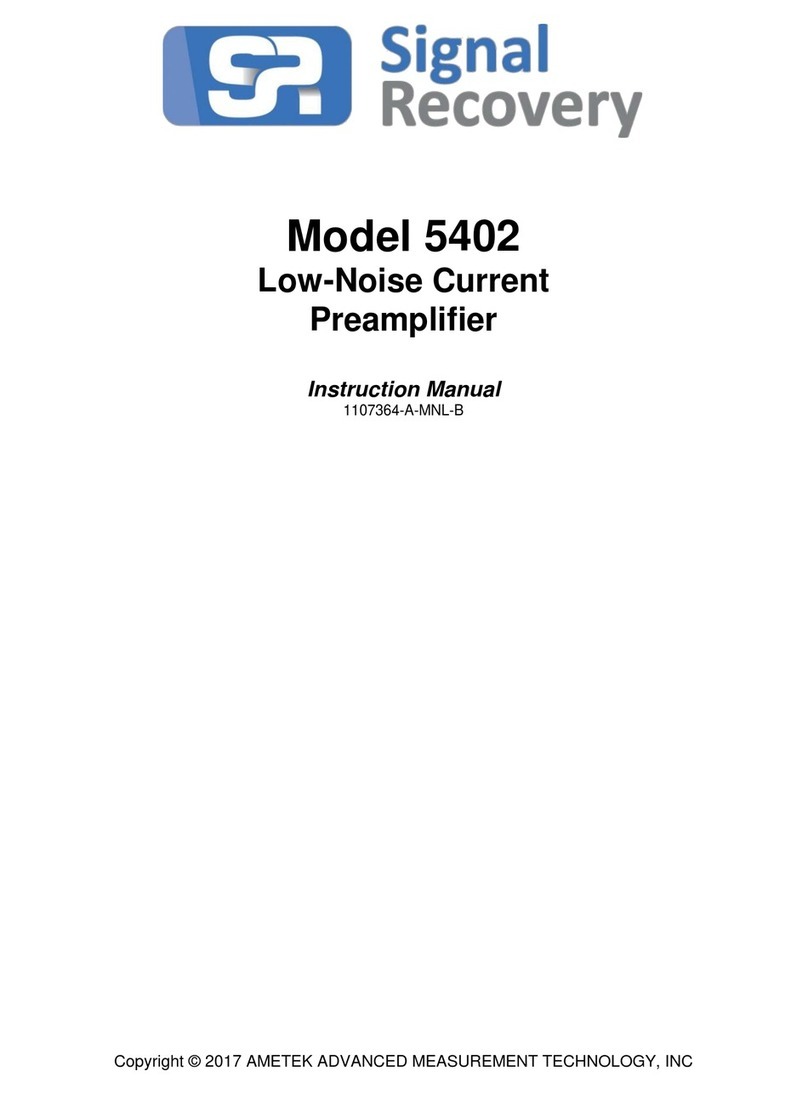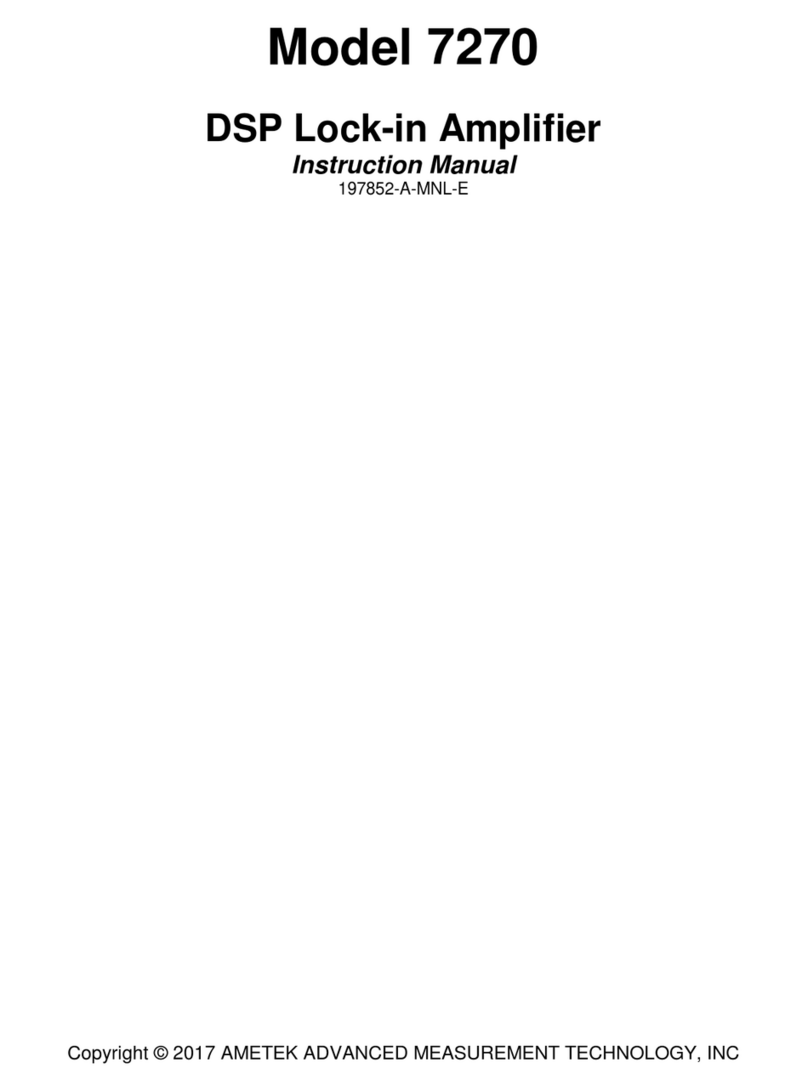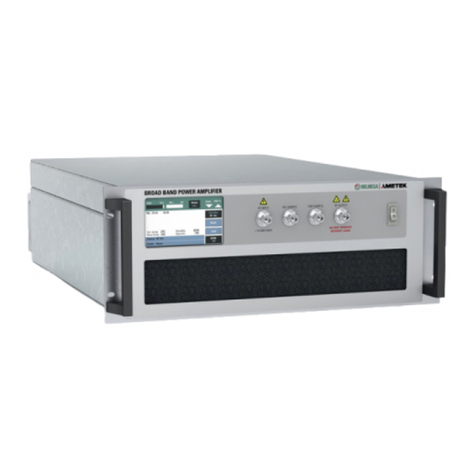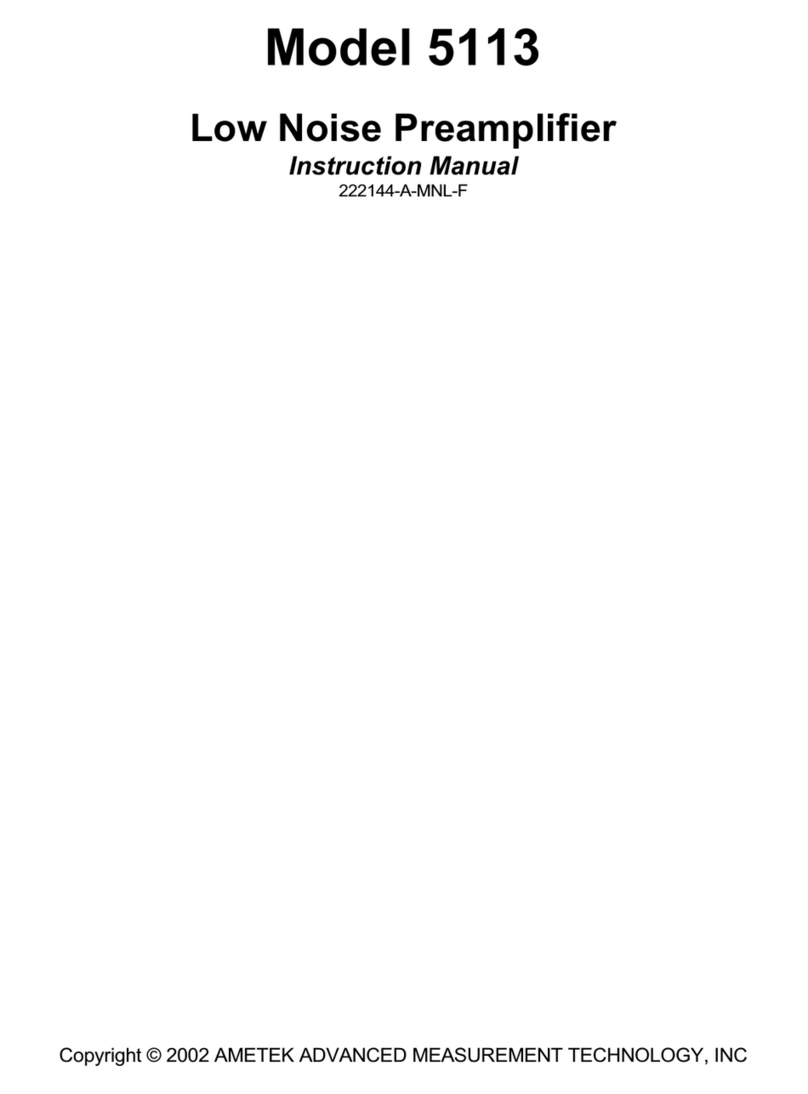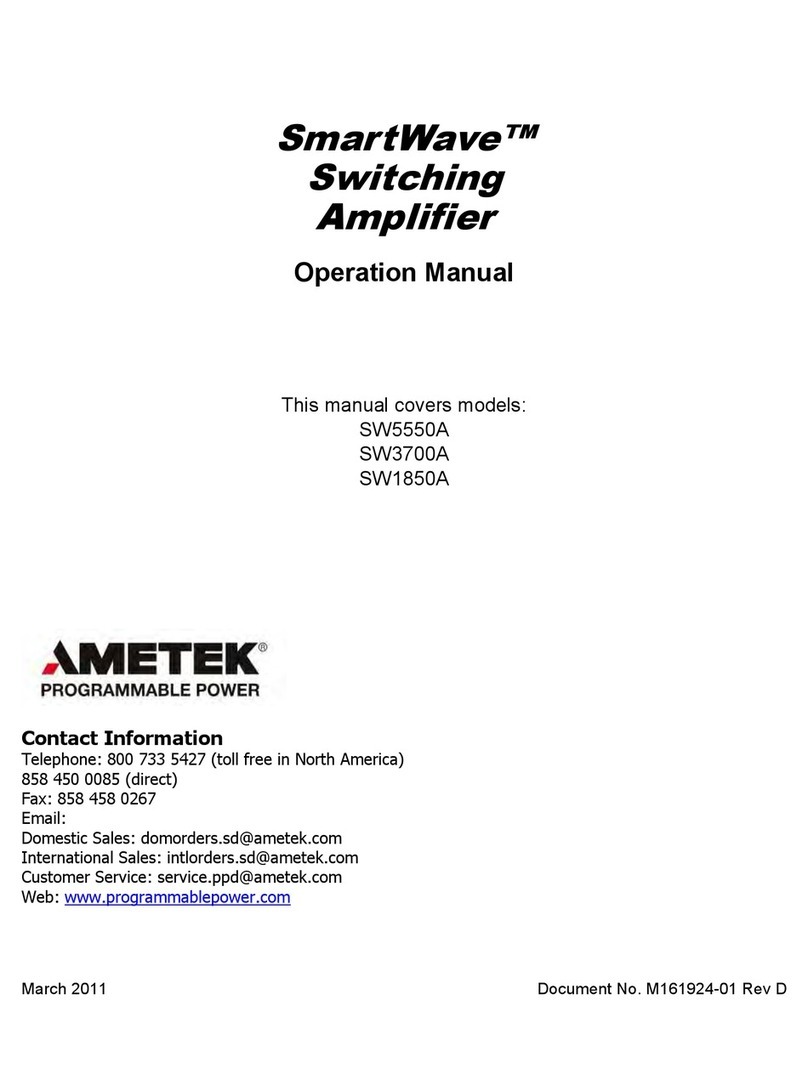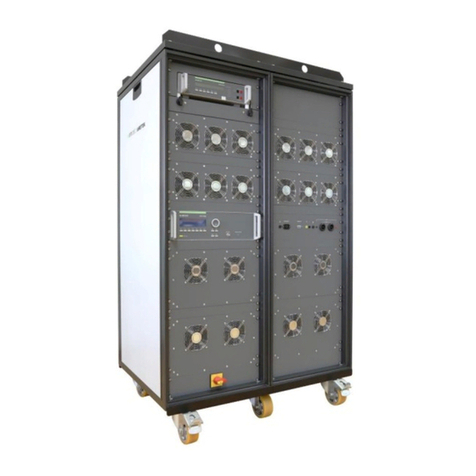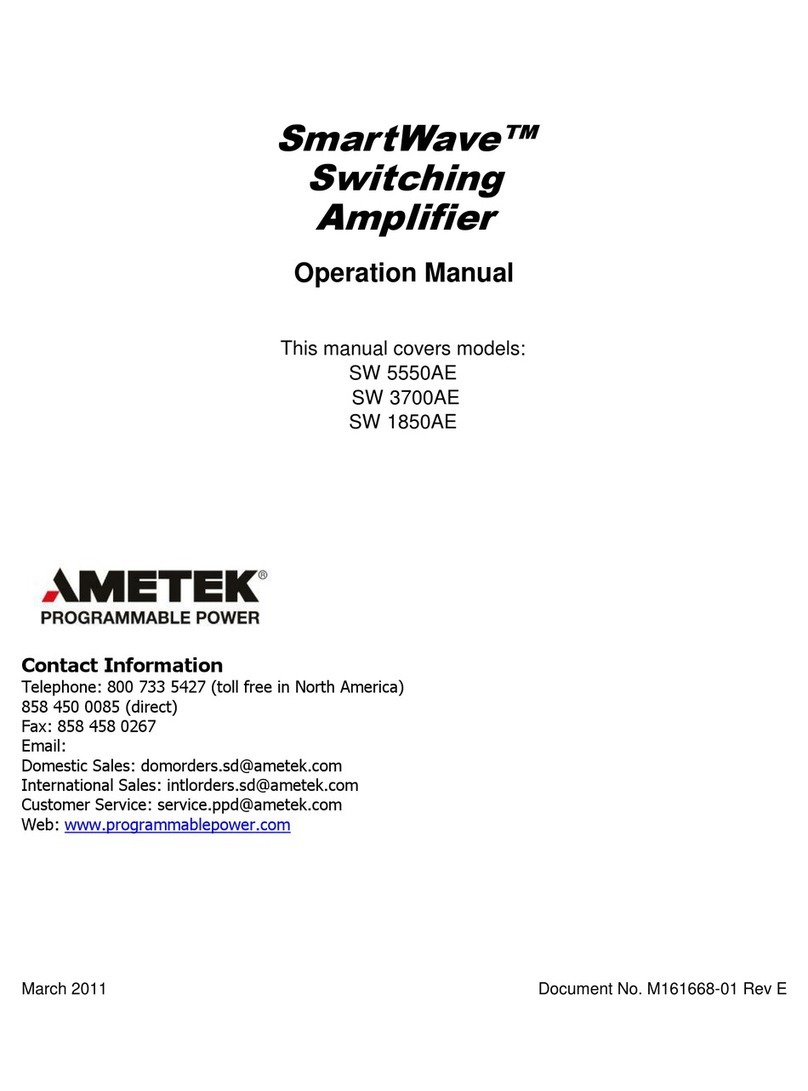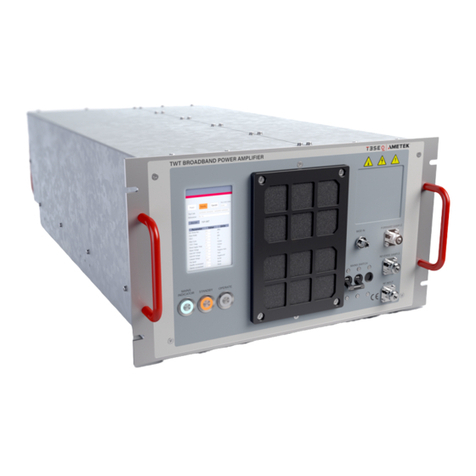
TABLE OF CONTENTS
ii
3.3.13 Internal Oscillator - General...................................................................................................................3-10
3.3.14 Internal Oscillator - Update Rate ...........................................................................................................3-10
3.3.15 Internal Oscillator - Frequency & Amplitude Sweeps...........................................................................3-10
3.3.16 Internal Oscillator - Voltage Control .....................................................................................................3-11
3.3.17 Demodulators - Dual Phase Multipliers.................................................................................................3-11
3.3.18 Demodulators - Output Filters................................................................................................................3-11
3.3.19 Fast Curve Buffer...................................................................................................................................3-12
3.3.20 Main Output Processor - General...........................................................................................................3-12
3.3.21 Main Output Processor - Output Offset and Expand.............................................................................3-12
3.3.22 Main Output Processor - Vector Magnitude and Phase.........................................................................3-13
3.3.23 Main Output Processor - Noise Measurements......................................................................................3-14
3.3.24 Main Output Processor - Standard Curve Buffer...................................................................................3-15
3.3.25 Analog Outputs (DACs).........................................................................................................................3-15
3.3.26 Auxiliary Analog Inputs (ADCs)...........................................................................................................3-15
3.3.27 Main Microprocessor - General.............................................................................................................3-16
3.3.28 Main Microprocessor - Spectral Display ...............................................................................................3-16
3.3.29 Main Microprocessor - Auto Functions.................................................................................................3-16
3.3.30 Main Microprocessor - User Settings ....................................................................................................3-18
3.4 General............................................................................................................................................................3-18
3.4.01 Accuracy.................................................................................................................................................3-18
3.4.02 Power-up Defaults..................................................................................................................................3-18
Chapter Four, Front and Rear Panels
4.1 Front Panel - Main Console ..............................................................................................................................4-1
4.1.01 AUX Signal Input Connector...................................................................................................................4-1
4.1.02 MON Connector.......................................................................................................................................4-1
4.1.03 REF IN Connector....................................................................................................................................4-1
4.1.04 OSC OUT Connector ...............................................................................................................................4-2
4.1.05 LCD Screen..............................................................................................................................................4-2
4.1.06 HELP Key................................................................................................................................................4-5
4.1.07 MENU Key ..............................................................................................................................................4-5
4.1.08 SELECT CONTROL Key........................................................................................................................4-5
4.2 Rear Panel - Main Console................................................................................................................................4-6
4.2.01 Line Power Switch...................................................................................................................................4-6
4.2.02 Line Power Input Assembly.....................................................................................................................4-6
4.2.03 DIGITAL I/O Connector..........................................................................................................................4-6
4.2.04 USB Connector ........................................................................................................................................4-6
4.2.05 LAN Connector........................................................................................................................................4-7
4.2.06 RS232 Connector .....................................................................................................................................4-7
4.2.07 AUX RS232 Connector............................................................................................................................4-7
4.2.08 PRE-AMP POWER Connector................................................................................................................4-7
4.2.09 ADC TRIG IN Connector ........................................................................................................................4-7
4.2.10 ADC 1, ADC 2, ADC 3 and ADC 4 Connectors .....................................................................................4-7
4.2.11 REF MON Connector...............................................................................................................................4-7
4.2.12 TTL REF IN Connector ...........................................................................................................................4-7
4.2.13 TRIG IN Connector..................................................................................................................................4-8
4.2.14 TRIG OUT Connector..............................................................................................................................4-8
4.2.15 DAC 1, DAC 2, DAC 3, and DAC 2 Connectors ....................................................................................4-8
4.2.16 FIBER LINKS Connectors.......................................................................................................................4-8
4.3 Front Panel - 7124 RCU....................................................................................................................................4-8

